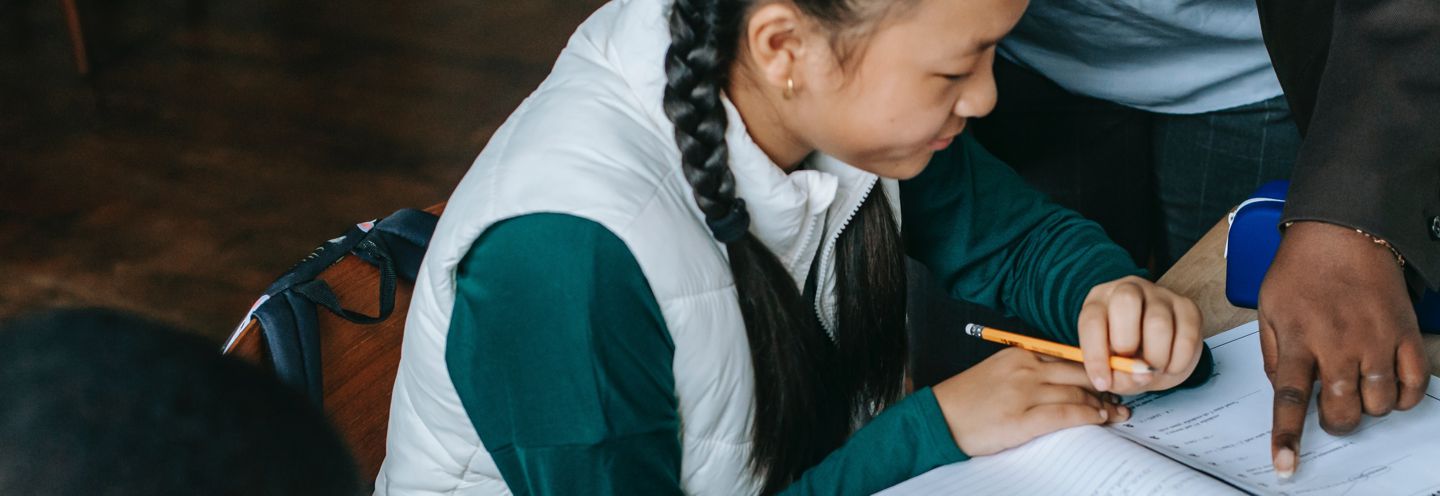Teacher Resources | 383 Results

Whether you’re looking at a website, photo, video or news story, what really matters is whether or not the people who originally created it are trustworthy. Even when it has been shared with you by

This step may sometimes be the last one you do, but it could also be the first. The News tab is better than the main Google search for this step because it only shows real news sources. While not

This lesson is designed to help students determine the validity of information that is presented to them on the Internet. After reviewing a series of evaluation techniques for online resources,

Here are three ways to respond to false info online: 1. Ask a question If the false info is coming from a friend or a family member, or you’re worried that your reply might help spread the false

People who share false or misleading information sometimes use the language of critical thinking and media literacy, telling followers to “do your research” and “think critically” in one breath and

Here are four quick and easy steps to find out the truth and share good information. Sometimes you only have to do one of these things, and most steps take less than a minute. Using Fact-

The Workshop facilitator guide has been developed to support facilitators who are presenting the Break the Fake, and includes background information about the workshop, advice on

The Break the Fake: How to tell what's true online workshop will teach audiences four quick, easy steps they can take to spot misinformation and find out if something online is true or not. The

To make a custom search engine you will need to be logged in to a Google account. (If you don’t already have one, go to accounts.google.com to sign up.) You don’t have to be logged in to Google

What do we mean by propaganda? Propaganda tries to get you to believe in an idea or to feel a certain way. Propaganda convinces you by provoking your emotions instead of making a logical argument

